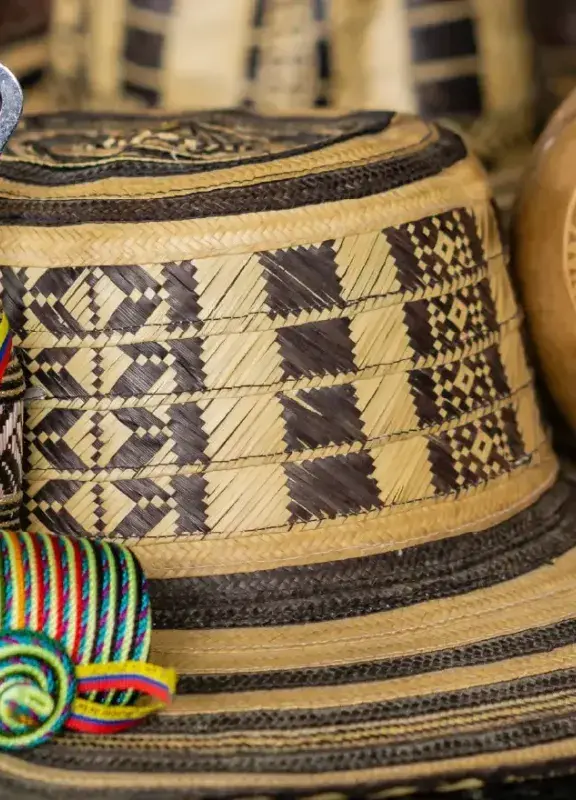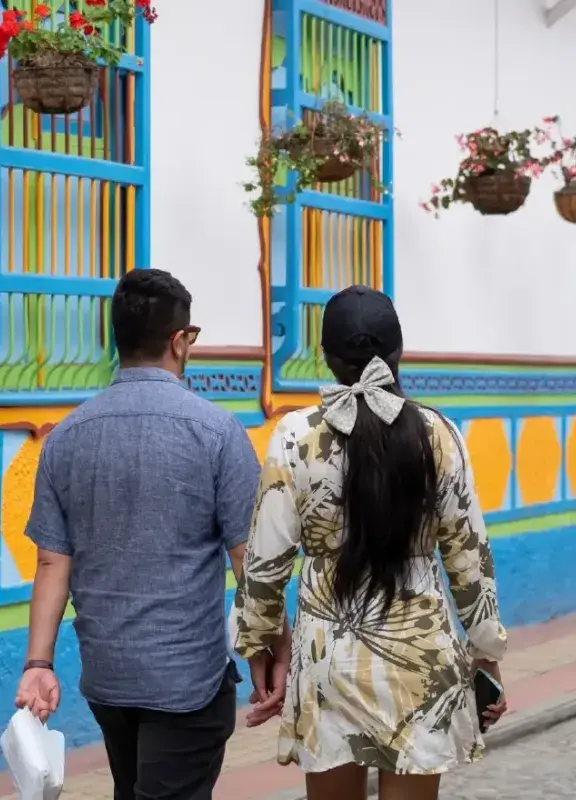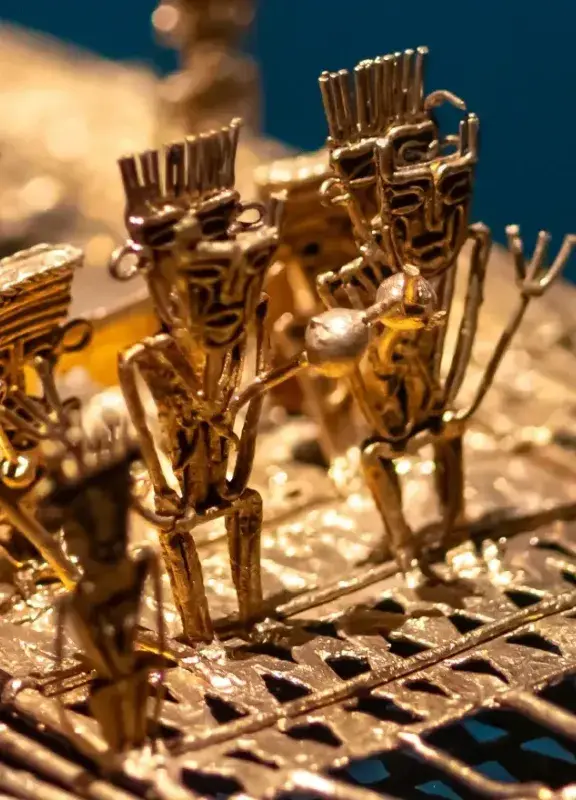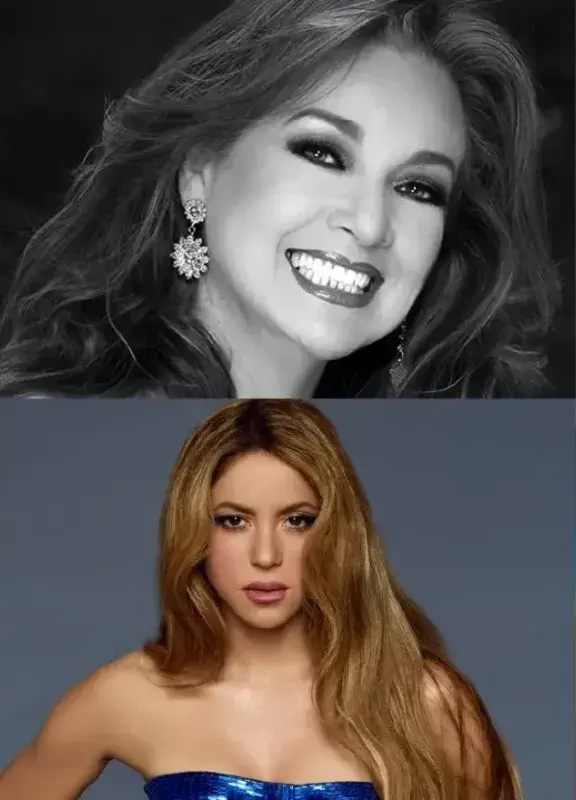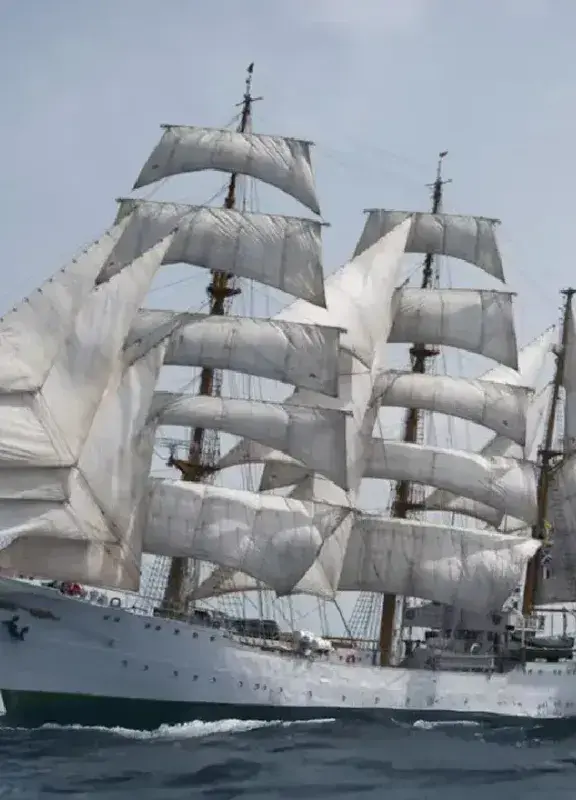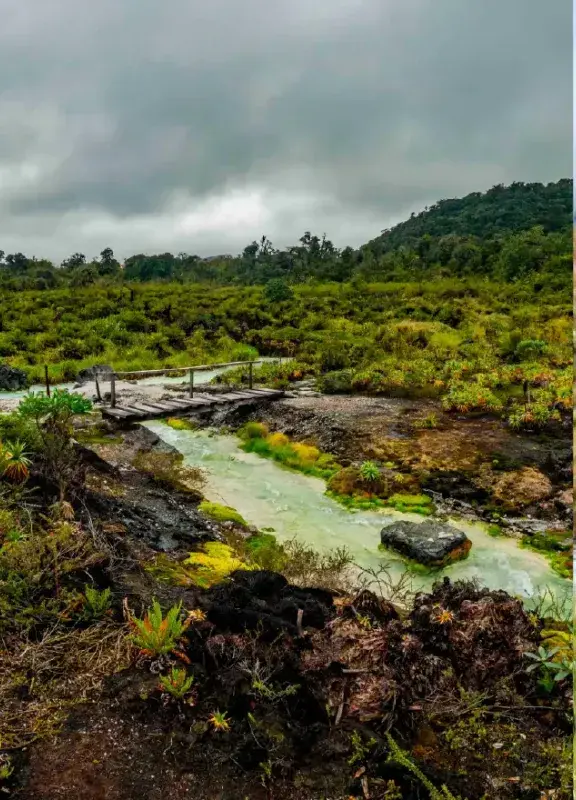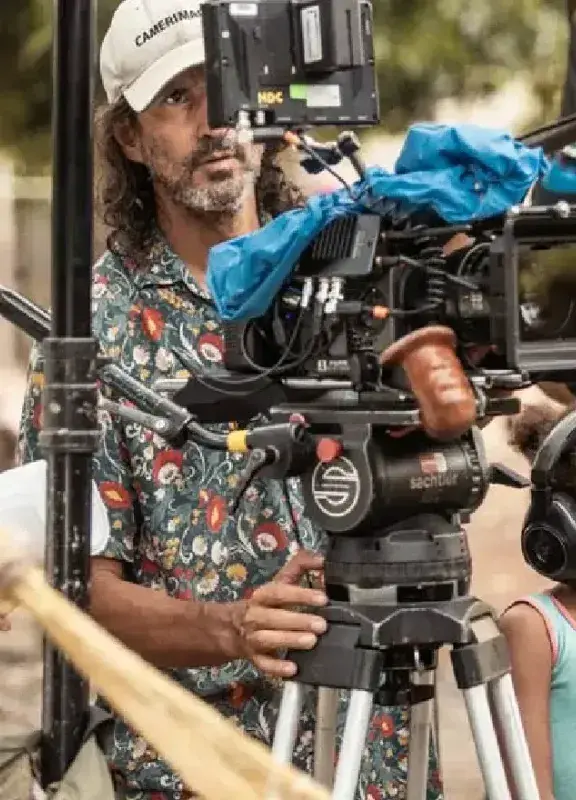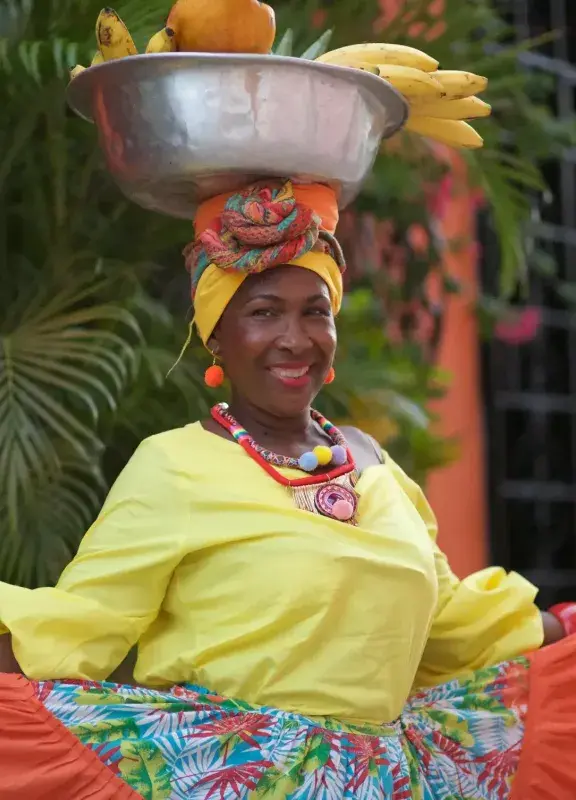In Colombia, soccer dances with our traditions
In the country of beauty, goals are not only shouted, but also danced. Get to know some Colombian dances and make them part of your soccer celebrations.
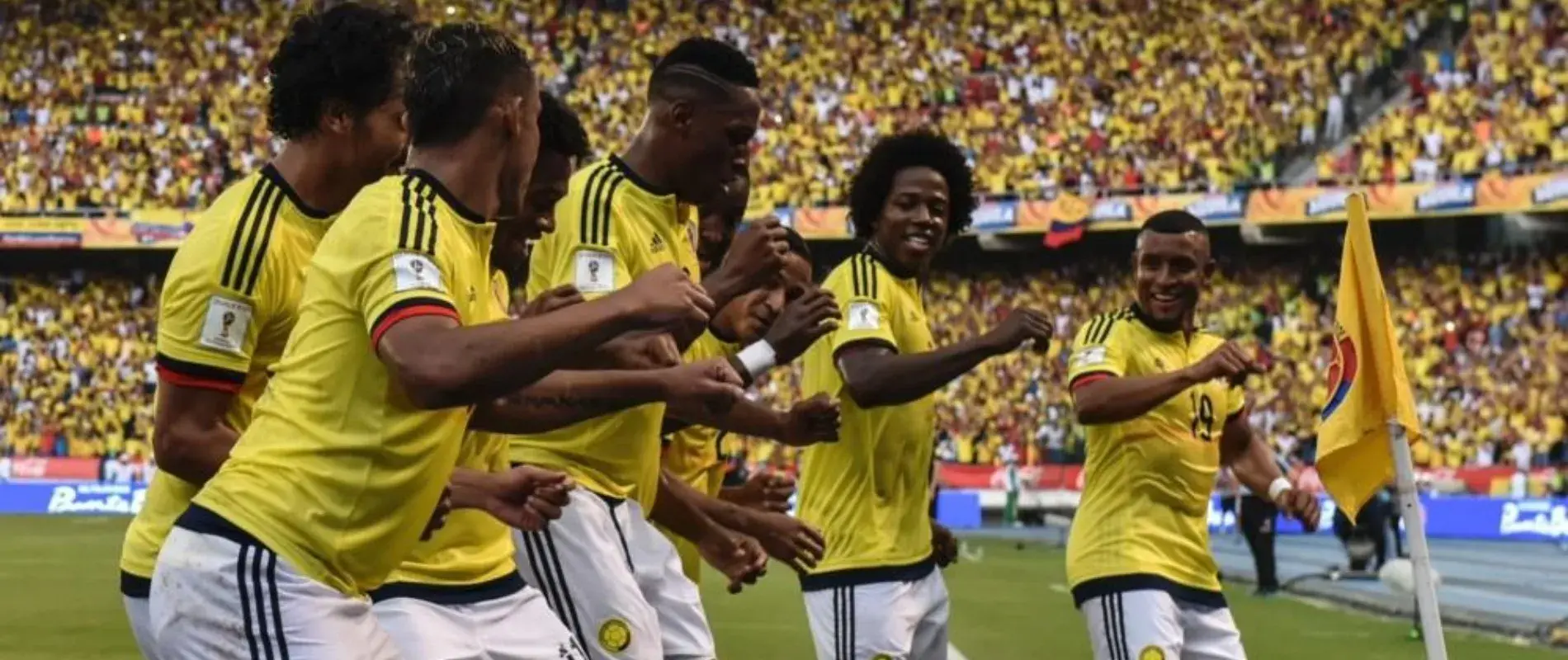
In Colombia, over 1,000 different rhythms are danced, and some of them have been popularized by our football players, who have made them famous through their goal celebrations in front of millions of viewers worldwide.
That’s why today we want to show you the traditional dances from the six regions of the Country of Beauty. Even if you’ve only seen them for a few seconds on the football field, they are part of our rich cultural heritage and a reason to celebrate every goal in the world’s most important tournaments. Join us on a joyful and flavorful journey.
Colombian Pacific
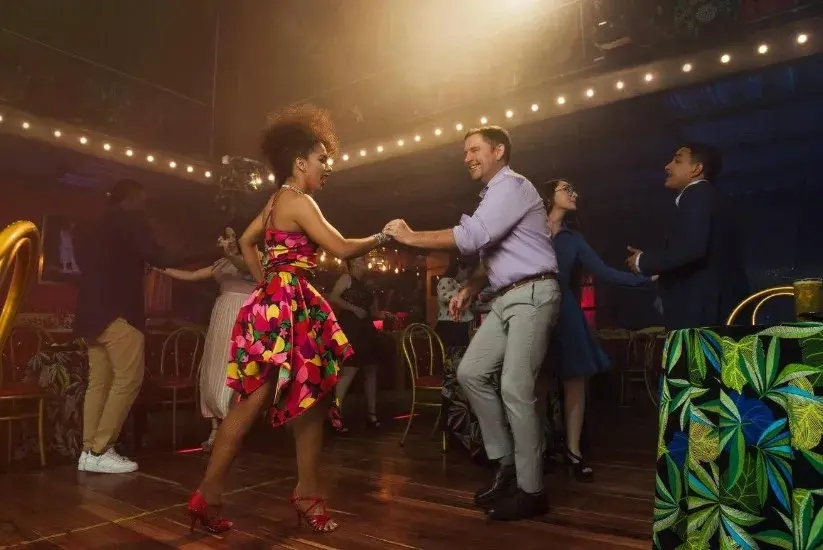
The Pacific is a place of joyful cultural expressions, stunning landscapes, and extraordinary biodiversity. Here, you’ll find an exquisite cultural richness in the form of Colombian rhythms full of joy—those same rhythms danced with every goal by our national team. Here are a few:
Salsa Choke
This urban musical genre was born in the Pacific, with its first fusions created in Tumaco. Its rhythm is unmistakable—so much so that the Colombian national team has celebrated their goals to the beat of Ras Tas Tas, turning football into a true party. Want to learn how to dance it? We’ll show you in the following video:
Salsa
Salsa dates back to the mid-20th century, when Cuban rhythms crossed the Caribbean and reached Cali. The playful hand movements, jumps, tricks, and turns between man and woman are the main features of this Colombian dance.
Currulao
If there’s one dance that represents the Colombian Pacific, it’s the currulao. With elegant movements that evoke the ocean waves, this dance tells a story of courtship and romance—and has also been featured in major football tournaments. Learn the steps and bring them to your next football celebration:
Abozao
Of African origin and derived from the word “aboza,” meaning to move the hips side to side, the abozao is danced all over Chocó. Eye contact, gestures, and expressive movements are key in this ancestral dance—one you can also dance when celebrating a goal.
Chocoan Jota
The Chocoan Jota is a traditional dance from Chocó. It’s a satirical imitation of the Spanish jota, danced in pairs while facing each other. The fast movements, romance, and flirtation are the stars of this dance—which can also light up a football celebration.
Colombian Greater Caribbean
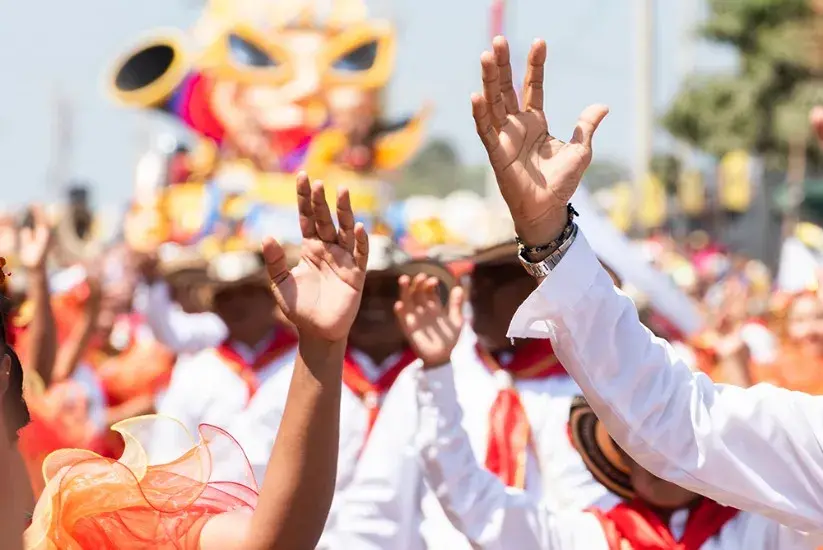
The region of lush mountains covered in jungle and glaciers dances to the rhythms of cumbia, bullerengue, and porro. Here, the flavor is not only found in the food, but also in the music that moves the body with joy. Discover more about the ancestral Colombian dances from this region, which have always added flavor to football—because with them, we celebrate every goal by our national team.
Cumbia
Colombian cumbia is a folkloric rhythm and dance that reflects the rich rhythmic and cultural diversity of the Country of Beauty. The gaita, maracas, and drums are the instruments that accompany this dance. Learn how it’s danced—because football is celebrated with our ancestral dances.
Bullerengue
Bullerengue is a dance with African heritage that found its home in the Colombian Caribbean. This Colombian dance, which tells stories, is inspired by the sea, the river, the beat of the drum, and fishing traditions. Dance it like this and celebrate goals to the rhythm of bullerengue:
Mapalé
Mapalé is an Afro-Colombian dance that originated on Colombia’s coast. It’s more than just a dance—when performed, the drum beats, the hips sway, and a story is told through movement and emotion. Even our national team players have celebrated goals with Mapalé. Want to give it a try? Dance it like this...
Vallenato
Vallenato was born in Valledupar and is a Colombian rhythm where the drum, guacharaca, and accordion create the unmistakable beat of a genre that has gained popularity both nationally and internationally. Celebrate goals by dancing to vallenato!
Eastern Colombian Andes
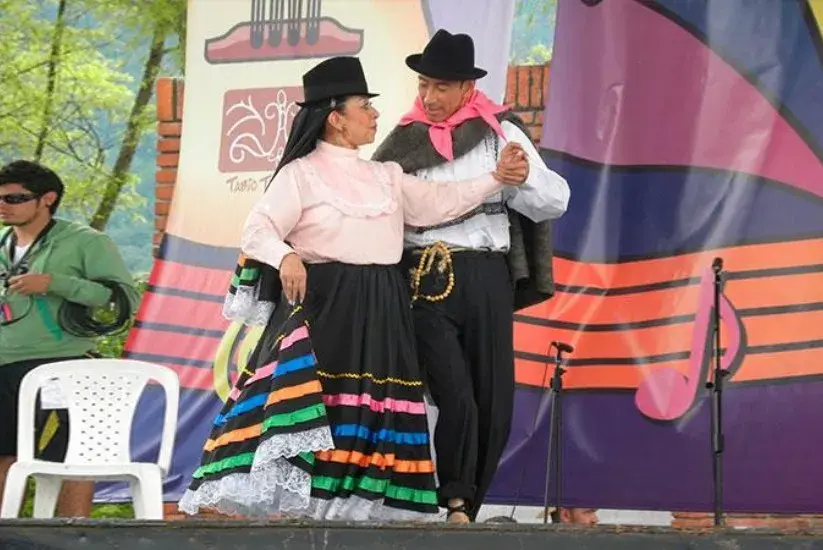
The region of dramatic contrasts, colonial towns, and peaceful mountains echoes with the sounds of torbellino and guabina. Discover these two ancestral rhythms that can also be danced while celebrating Colombia's goals in major football championships.
Torbellino
Torbellino is both played and danced. It is one of the ancestral folklore expressions rooted in indigenous and peasant traditions. Guitar, tiple, and requinto accompany this Colombian dance.
Guabina
Guabina is a traditional dance from the Eastern Colombian Andes, originally danced by peasants from the department of Santander. It is performed in pairs to the rhythm of instruments like the guitar and tiple. Its choreography is full of unique steps and gestures—perfect even for celebrating football.
Western Colombian Andes
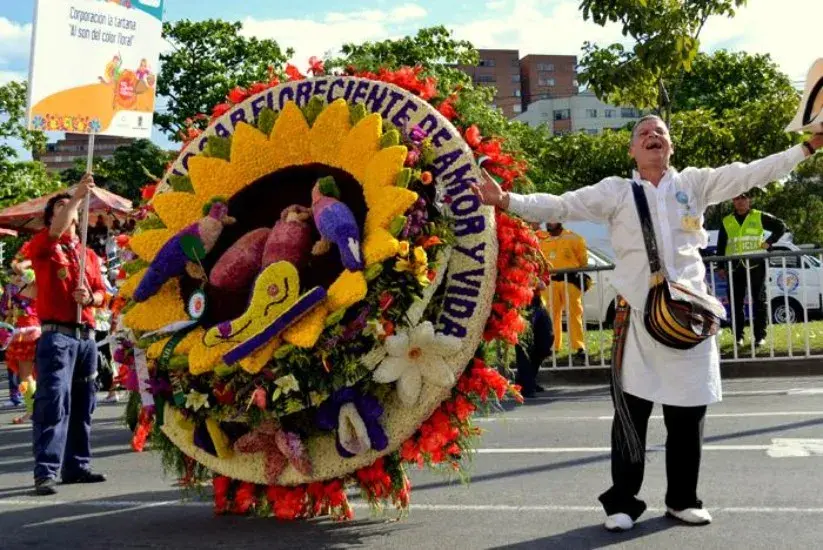
The charm of coffee-scented mountains and vibrant-colored towns is accompanied by unique rhythms such as bambuco and sanjuanero. Want to learn how to dance them to celebrate goals? We’ll teach you below.
Bambuco
Bambuco sounds like the sweet strumming of guitars, tiples, requintos, and bandolas. It is one of the most representative rhythms of the Western Colombian Andes and is danced in pairs, with traditional costumes that highlight the diversity of the Country of Beauty. Learn to dance it and celebrate football with this ancestral rhythm.
Sanjuanero
The Sanjuanero is the most iconic folk rhythm of Huila. It is a dance of courtship and flirtation where the man woos the woman. This traditional Colombian folklore is full of stories and is even danced to celebrate football goals.
Currulao
If there is a dance that represents the Colombian Pacific, it is currulao. With graceful movements that mimic ocean waves, this dance tells a story of love and courtship that has even taken center stage in major football events. Discover the steps you can bring to any football celebration here:
Abozao
Of African origin, derived from the word *aboza* meaning to move the hips side to side, the abozao is danced throughout Chocó. Eye contact, gestures, and body movement are all part of this ancestral dance—perfect for football celebrations too.
Chocoan Jota
The Chocoan jota is a traditional dance from Chocó. It is a satirical imitation of the Spanish jota and is danced in pairs, with each partner facing the other. Movements are quick, and themes of love and flirtation take center stage—even in football celebrations.
Colombian Massif
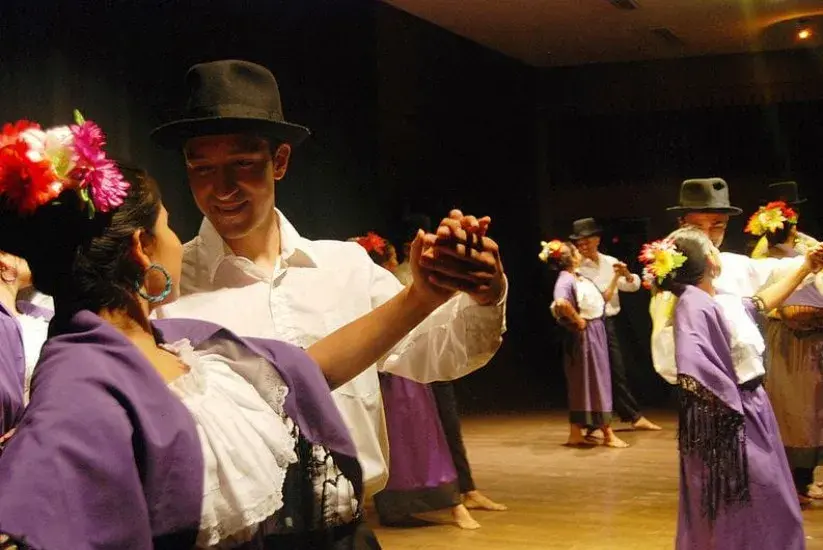
This mysterious region of breathtaking mountains, volcanoes, and enigmatic cultures echoes with the sounds of *guaneña* and mojiganga. How about celebrating football with these two Colombian rhythms? Learn how to dance them.
Guaneña
Guaneña is a traditional Colombian dance from Nariño. Its movements are fast-paced, danced in pairs, and the rhythm reflects the joy of Nariñense culture.
Mojiganga
Mojiganga is a choreographic performance based on *torbellinos* and *pasillos*. This dance carries a subtle language that portrays the lifestyle and spirit of the peasant communities.
Colombian Amazon-Orinoco Region
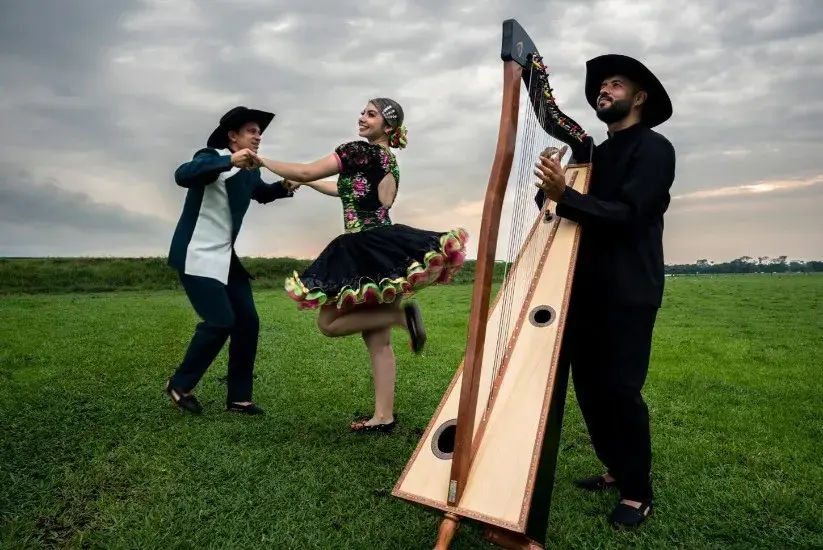
The stunning plains, stretching as far as the eye can see, dance to the rhythm of joropo, pasillo, and galerón. Every corner of the Country of Beauty is celebrated with ancestral dances. Here are the rhythms of the Colombian Amazon-Orinoco region that can accompany the goals of the world’s most important football cups.
Joropo
Joropo is music, singing, and dance. It has its roots in fandango and is danced wearing "cotizas" (leather sandals), a hat, and a llanero poncho. It features various styles and imitates the galloping of a horse. The harp, cuatro, and maracas accompany this ancestral dance that you can dance too.
Pasillo
Pasillo is a symbol of Indo-European mestizaje. This dance carries deep folkloric authenticity. Flirtatious gestures and the woman’s spins characterize the pasillo, enhanced by a unique traditional costume.
Galerón
Galerón is a joyful rhythm full of celebration. It originated from the “galerón parties” held in the 17th century and is danced in pairs with vigorous foot stomping. The man chases the woman with a handkerchief, dancing around her while waving it. Football is also a dance—but it's played as a team. Celebrate with galerón!
Now that you know the ancestral dances of Colombia’s beautiful regions, which one will you use to celebrate first? In Colombia, football is also danced!
Related articles
 Welcome, you are in
Welcome, you are in 



